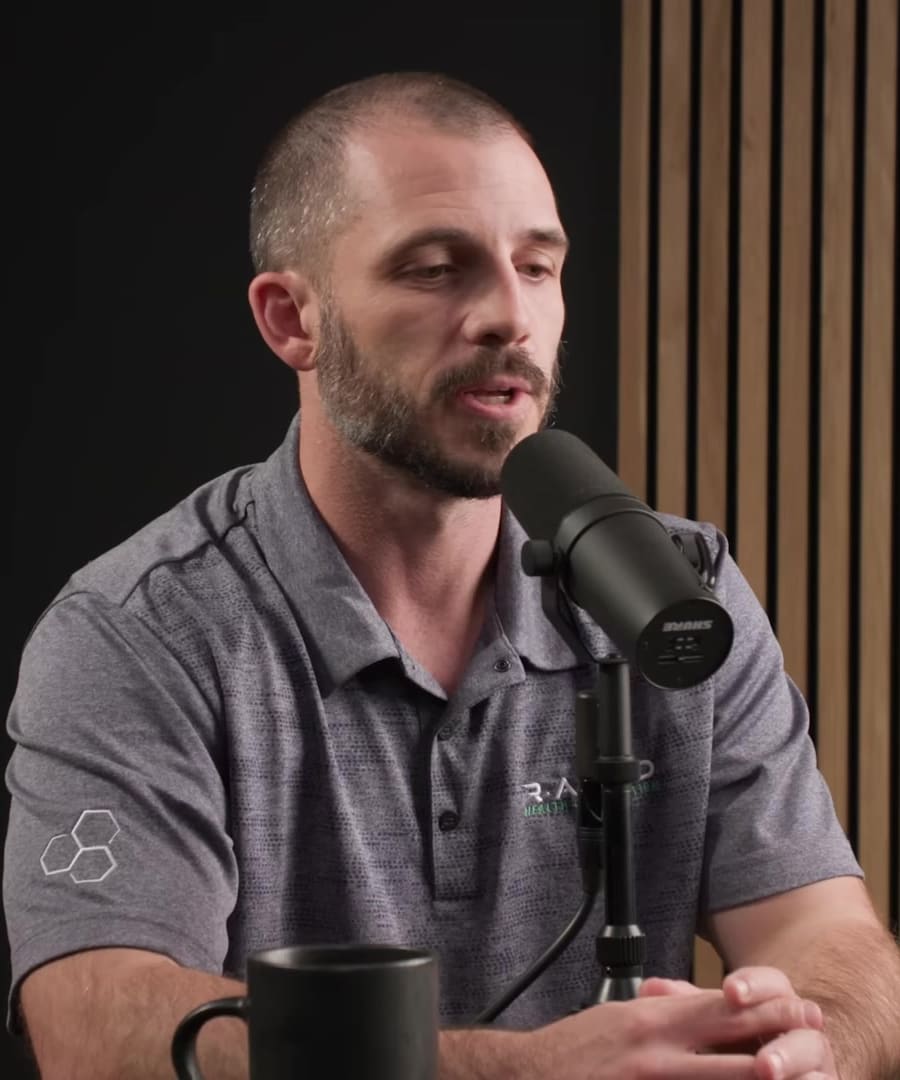would the cold plunge protocol change based on water temperature? For example, is it recommended to plunge more or less based on warmer or colder temperatures?
Sources:
The cold plunge protocol does indeed vary depending on water temperature, impacting how long one should immerse themselves in cold water to achieve desired outcomes.
-
Temperature and Duration: If you are plunging in water at very cold temperatures (around 40-50°F), a shorter duration, such as a few minutes, is often sufficient to achieve the benefits, such as boosting catecholamines like adrenaline and dopamine. However, if the water is warmer, such as around 55-60°F, you might need to stay submerged for a longer period to attain similar effects 1 2.
-
Personal Preference: Some prefer shorter and colder plunges to achieve rapid physiological responses, while others might opt for less intense temperatures for longer to gradually build tolerance and comfort 2.
-
Safety Concerns: Always prioritize safety. Beginners should gradually increase duration and decrease temperature to avoid hypothermia or other adverse effects. Ensure never to combine cold exposure with breath-holding, as it can be dangerous 1 2.
-
Gender Differences: There are also gender differences in response to cold plunges. Women may benefit more from moderate cold due to physiological differences, such as a heightened vasodilation post-exercise, and should be cautious with excessive cold exposure 3.
Overall, the cold plunge protocol requires customization based on water temperature, personal tolerance, and specific health goals. Always start slow and consult a healthcare professional if unsure.
RELATED QUESTIONS-

